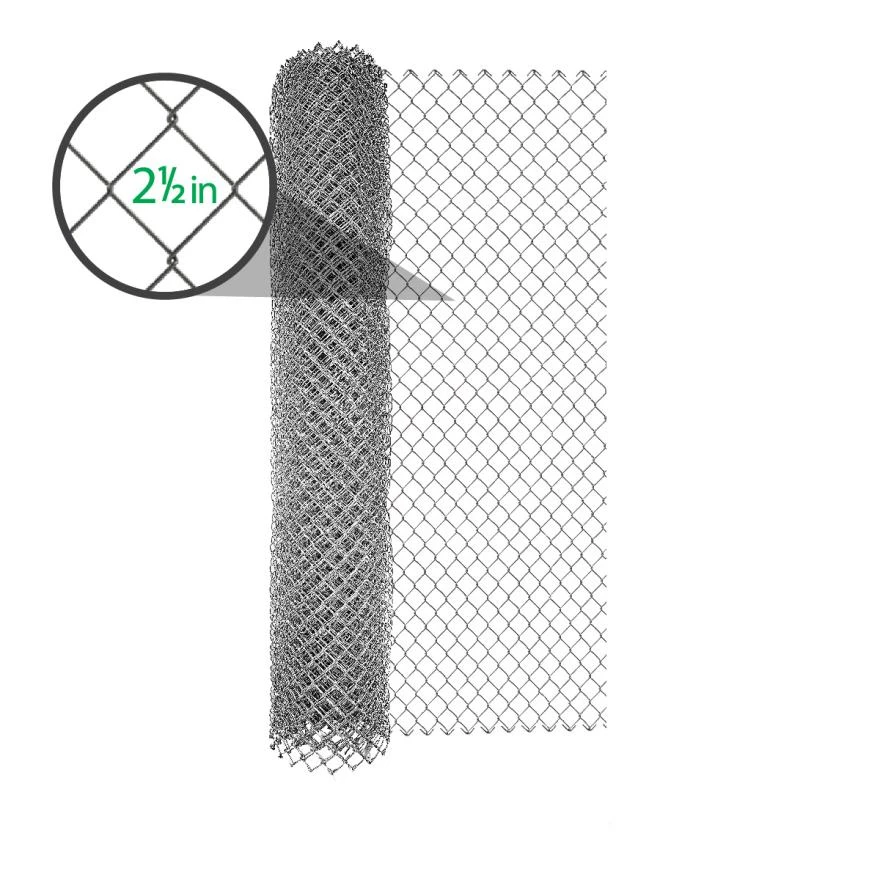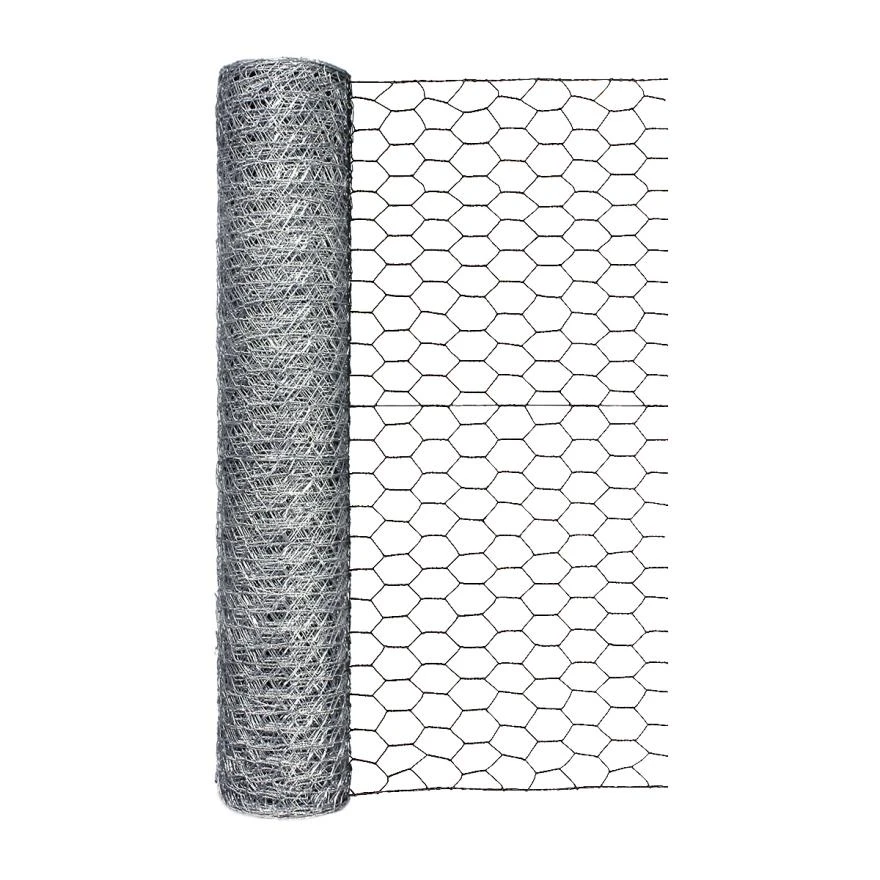mesh for plastering
Ліст . 15, 2024 03:26
Mesh for Plastering Enhancing Strength and Durability in Construction
In the realm of construction, the quest for strong and durable structures is paramount. One innovative solution that has gained popularity in recent years is the use of mesh for plastering. This technique not only enhances the aesthetic appeal of buildings but also bolsters their structural integrity. This article delves into the various aspects of mesh for plastering, including its types, applications, benefits, and considerations.
Understanding Mesh for Plastering
Mesh for plastering refers to a supporting framework that is embedded in plaster to provide reinforcement. Typically made from materials such as fiberglass, steel, or plastic, this mesh serves to prevent cracks and enhances the overall stability of plastered surfaces. The application of mesh is crucial in various settings, from residential properties to commercial buildings, where plastering is often a significant element of the finishing process.
Types of Mesh Used in Plastering
1. Fiberglass Mesh This is the most common type used in plastering. Fiberglass mesh is lightweight yet durable, making it an excellent choice for enhancing the strength of plaster applications. Its resistance to moisture and corrosion also helps prevent mold growth, a constant concern in many construction projects.
2. Steel Mesh Often used in heavy-duty applications, steel mesh provides superior strength and is frequently employed in areas exposed to extreme weather conditions or seismic activity. While it is heavier and more expensive than fiberglass, it offers unparalleled durability.
3. Plastic Mesh This type is generally used for interior applications or in low-stress environments. While it may not provide the same level of strength as fiberglass or steel, it is resistant to corrosion and can be a cost-effective option for various plastering needs.
Benefits of Using Mesh for Plastering
1. Crack Prevention One of the primary advantages of incorporating mesh into plastering is its ability to prevent cracks. As buildings settle and materials expand and contract with temperature changes, mesh helps distribute these stresses evenly, minimizing the risk of fissures.
mesh for plastering

2. Increased Strength The use of mesh significantly enhances the structural integrity of plaster. This additional support is particularly important in high-traffic areas or external walls exposed to harsh weather conditions, where the risk of damage is greater.
3. Versatility Mesh can be adapted for use in various plastering techniques, including stucco and traditional plaster. This versatility allows builders and contractors to choose the right mesh for their specific applications, ensuring optimal performance.
4. Reduced Maintenance Buildings that incorporate mesh in their plastering systems often require less maintenance over time. The reinforced plaster is less likely to crack, reducing the frequency and cost of repairs.
Considerations When Using Mesh for Plastering
While the benefits of using mesh for plastering are substantial, there are several factors to consider
- Compatibility It is essential to ensure that the chosen mesh type is compatible with the plaster being used. Different materials may require specific bonding solutions or techniques for optimal results.
- Installation Techniques Proper installation of the mesh is crucial. Inadequate or incorrect application can undermine the benefits of the mesh, leading to future complications. It is advisable to engage skilled professionals experienced in plastering techniques.
- Cost While mesh can reduce future repair costs, the initial investment can be higher than traditional plastering methods. Construction budgets should account for this when planning projects.
Conclusion
The incorporation of mesh for plastering represents a significant advancement in construction techniques. By enhancing the durability and stability of plastered surfaces, mesh applications offer builders and homeowners alike a cost-effective solution to long-term maintenance issues. As the construction industry continues to evolve, the use of reinforced plastering systems will likely become more prevalent, contributing to the creation of stronger and more resilient structures. Ultimately, investing in mesh for plastering is an investment in the future of construction, reflecting a commitment to quality and longevity.









 Unity
Unity Creation
Creation Challenge
Challenge Contribution
Contribution










